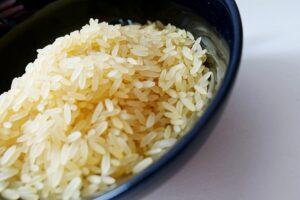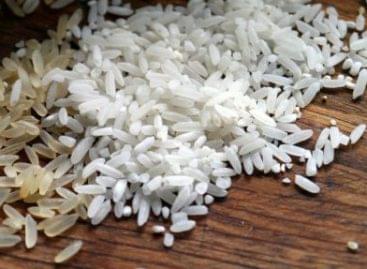Rice crisis in Japan: emergency imports and regulatory turnaround for stable prices
Rice prices in Japan have nearly doubled in a year, forcing the government to take extraordinary measures, especially in the shadow of Tokyo elections in June and national elections in July. Reuters reported that the Japanese government announced on Friday that it would consider all possible means to stabilize rice market prices, including using up the full duty-free import quota and even additional emergency imports.
From sacred to commercial?
 Rice is not only a staple food in Japan, but also a cultural symbol, which has kept the market tightly regulated for a long time. But now there is a turning point: “Maybe we have always considered rice as sacred territory, but we need to abandon that thinking,” said Koizumi Shinjiro, the agriculture minister who took office in May.
Rice is not only a staple food in Japan, but also a cultural symbol, which has kept the market tightly regulated for a long time. But now there is a turning point: “Maybe we have always considered rice as sacred territory, but we need to abandon that thinking,” said Koizumi Shinjiro, the agriculture minister who took office in May.
Koizumi stressed that the goal is to achieve stable, affordable prices, similar to other foods, where crisis management is already standard practice. He cited egg imports as an example, which helped ease pressure during the bird flu supply shortage.
Record prices and rapid intervention
The average price of 5 kilograms of rice in Japanese supermarkets reached 4,260 yen (about 30 USD) at the end of May, double the level of last year. The government has so far released 600,000 tons of rice from state reserves to reduce prices and has indicated that it will release the remaining 300,000 tons if market conditions warrant.
At the same time, the previously complex and slow auction distribution system has been overhauled: rice from emergency stocks is now being delivered directly to retail chains. This will allow consumers to access the staple food faster and cheaper – at prices as low as 2,000 yen/5 kg.
Duty-free quota and beyond
Under the WTO agreement, Japan can import 100,000 tons of rice duty-free per year under the slogan “minimum access” – this quota is being considered for the first time to be fully utilized. Imports beyond the duty-free quota, on a market basis, are also on the agenda, as domestic production is currently unable to offset the effects of price increases.
Political and economic stakes
The issue of rice prices has become a political priority with the elections approaching. For Japanese households, rice is not only a basic food, but also a prominent item in the consumer price index, so price developments can directly affect the government’s social support.
The current measures also signal a change in direction for Japanese agricultural policy: the government is increasingly opening up towards market-based, flexible crisis management models, in which international trade may also play a more significant role in the future.
Related news
Asahi reports double-digit sales declines after cyberattack
🎧 Hallgasd a cikket: Lejátszás Szünet Folytatás Leállítás Nyelv: Auto…
Read more >McDonald’s in Japan halts Pokémon card sale, food waste follows
🎧 Hallgasd a cikket: Lejátszás Szünet Folytatás Leállítás Nyelv: Auto…
Read more >Record heat in Japan: rice crop at risk
🎧 Hallgasd a cikket: Lejátszás Szünet Folytatás Leállítás Nyelv: Auto…
Read more >Related news
Egg prices up nearly one-third
🎧 Hallgasd a cikket: Lejátszás Szünet Folytatás Leállítás Nyelv: Auto…
Read more >Layers of problems
🎧 Hallgasd a cikket: Lejátszás Szünet Folytatás Leállítás Nyelv: Auto…
Read more >Too many gifts, too much food: our holiday excesses are putting a serious strain on the environment
🎧 Hallgasd a cikket: Lejátszás Szünet Folytatás Leállítás Nyelv: Auto…
Read more >






